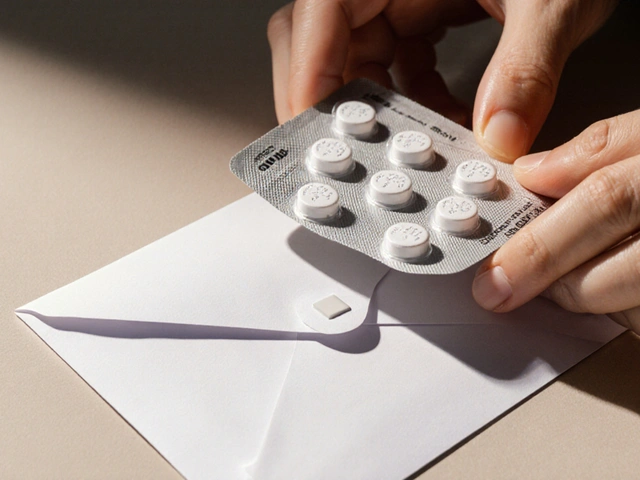Chapped Skin: Quick Fixes, Treatments & Prevention
Chapped skin is more than dry patches — it can crack, sting, and make simple tasks painful. You can often treat it at home if you act fast. This guide shows practical fixes, useful over-the-counter options, and steps to avoid repeat flare-ups.
First, fix the environment. Cold wind, low indoor humidity, and hot showers strip moisture. Use a humidifier at home, keep shower time under 10 minutes, and switch to lukewarm water. Wear gloves in cold weather and avoid harsh soaps that leave skin tight after washing.
Fast home treatments
Start with gentle cleansing and heavy moisturising. Wash with a mild, fragrance-free cleanser and pat skin dry. Apply an emollient right away while skin is still damp to lock water in. Look for creams with ceramides, glycerin, petrolatum, or dimethicone — these ingredients rebuild the skin barrier.
For rough or scaly areas, use creams containing 5–10% urea or 5–10% lactic acid for two weeks. These mild exfoliants soften thickened skin and help moisturizers penetrate. Apply once daily at night and use sunscreen during the day because these products can increase sun sensitivity.
If cracks are painful or bleeding, cover them with a thick ointment like petroleum jelly and a breathable bandage until they heal. For chapped lips, use a lip balm with beeswax or petrolatum. Avoid menthol or phenol, which can dry lips more.
Over-the-counter medicines and when to use them
Mild inflammation can respond to 1% hydrocortisone cream used sparingly for up to a week. Don’t use strong steroids without a doctor’s advice. If skin looks infected — increasing redness, pus, warmth, or spreading pain — see a clinician. They may prescribe topical or oral antibiotics depending on the severity.
People with eczema or psoriasis may need prescription creams or treatment plans. If chapping keeps coming back despite good skin care, ask your provider about patch testing for contact allergy or checking for underlying dry-skin conditions.
Prevent repeat problems by making moisturiser a daily habit. Apply within three minutes after bathing and reapply after handwashing. Choose fragrance-free, dye-free products and avoid alcohol-based hand sanitizers when possible; if you must use sanitizers, follow with a cream.
Quick checklist: humidifier, short lukewarm showers, mild soap, heavy emollient, urea or lactic acid for thick skin, 1% hydrocortisone for short flares, medical care for infection or persistent cases. Small routines stop most chapping from becoming a real problem.
At Pharmstore.com we cover practical skin care tips and reliable OTC options. If you want product suggestions or have a stubborn problem, check our articles or contact a pharmacist for personalized advice.
For babies and older adults use mild emollients and avoid strong actives; their skin is thinner and heals slower. For hands, carry a travel-size cream and reapply after using soap or sanitizer. If you use topical meds, tell your doctor about other medicines to avoid interactions. Last tip: check expiration dates on ointments and store them away from direct heat to keep the formula effective. Small steps pay off fast.

As a blogger, I've recently discovered the amazing benefits of facial massages for chapped skin. Regular facial massages can increase blood circulation, providing essential nutrients to the skin and promoting healing. They also help remove dead skin cells and stimulate the production of natural oils, which can provide much-needed moisture to chapped skin. Additionally, facial massages can help reduce stress and promote relaxation, which is beneficial for overall skin health. I highly recommend incorporating facial massages into your skincare routine to combat chapped skin and maintain a healthy, glowing complexion.
Chris Gore May 17, 2023




